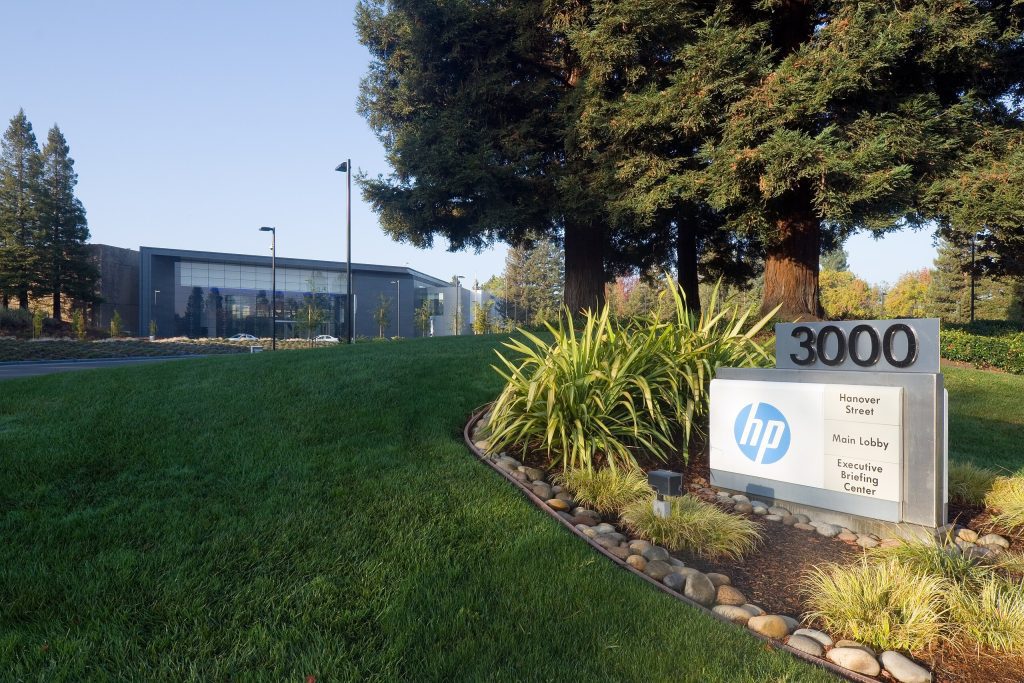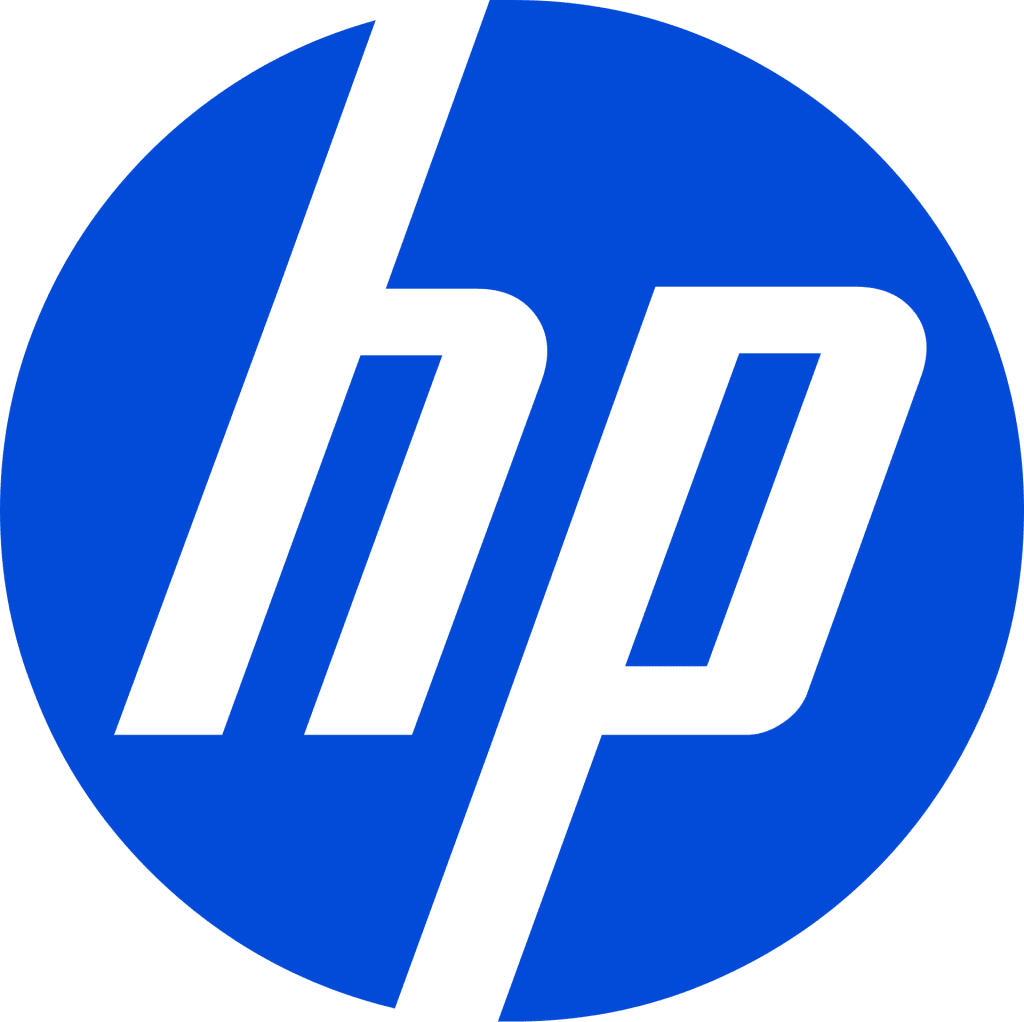
By LPS.1 – Own work, CC0, https://commons.wikimedia.org/w/index.php?curid=29344244
I can still hear that sound. It was 1972, late at night in the lab, when someone placed a small metal case on the table with a sharp “clack.” A pocket-sized scientific calculator—marketing warned, “There’s no market for this.” But Bill Hewlett silently slipped it into his pocket, pulled it out again, and smiled. The next morning, he walked through every department with the prototype in his pocket.
“This is the HP-35,” he said. “Every traveling scientist will want one.”
We worked through the nights, adjusting LED brightness, fine-tuning power consumption, engraving keycaps. The result: a sellout in the first year and the nickname “the pocket calculator.” That was the first time we learned: at HP, conviction from the workshop sometimes mattered more than market surveys.
From Pockets to Space: The HP-65
A few years later, another pocket—this time, in space. The HP-65, with its punch-card programming, was strapped into the Apollo-Soyuz Test Project in 1975. With just three buttons, astronauts could call up orbital routines in the cramped cockpit. One engineer whispered, “That tiny thing is flying the spacecraft.” On the day a calculator reached space, we were reminded of HP’s founding spirit: “measurement and calculation make us see the field more clearly.”
The “HP Way” in a Recession
When the early 1970s recession hit, HP chose “no layoffs austerity.” Instead, employees worked a nine-day fortnight—every other Friday off, pay reduced but jobs preserved. Hewlett and Packard walked the factories, repeating: “Protecting people is the HP Way.”
That experiment kept lab lights glowing, fueled camaraderie, and proved that corporate heartbeat is set by people, not just profits.
Expansion and the Agilent Spinoff
HP’s HP 3000 minicomputer thrived in the commercial market, while instruments for medical, measurement, and analytics found new industries. But by the late 1990s, the company split. In 1999, Agilent Technologies was spun off, taking measurement, optical, medical, and chemical analysis businesses. Its IPO set a record for Silicon Valley. HP streamlined into computing and imaging, while Agilent ran its own race.
The Compaq Merger and Proxy War
At a dawn meeting in 2000, someone asked, “Is the PC business finished?” CEO Carly Fiorina shook her head. “It will grow. That’s why we need a stronger player.”
In 2001, HP announced its merger with Compaq. Walter Hewlett, son of the founder, fiercely opposed it, sparking a historic proxy battle. In March 2002, the merger passed by the narrowest margin—51.4% to 48.6%. The Delaware court dismissed fraud claims as “insufficient evidence.” By May, HP and Compaq’s badges were swapped overnight. Optimism and doubt coexisted: “This is the real beginning” vs. “Will synergy truly materialize?”
Scandals and Governance Lessons
But 2005–2006 brought scandal. To plug boardroom leaks, outside investigators used pretexting—impersonating others to obtain phone records. Chairwoman Patricia Dunn and others faced criminal charges, eventually settled with California for $14.5 million. The silence in boardrooms was crushing. “The HP Way would never justify this,” some said. The company rebuilt its ethics system and scrapped private investigations. Trust, once cracked, had to be handled like glass.
Restructuring and the 2015 Split
Under Meg Whitman, HP restructured and, in 2015, split into two:
- HP Inc (PCs, printing, later gaming and hybrid work devices)
- Hewlett Packard Enterprise (HPE) (servers, storage, networking, cloud services)
HP Inc extended into 3D printing (Multi Jet Fusion) and acquired HyperX (2021) and Poly (2022) to expand into gaming and hybrid work.
HPE, meanwhile, bought Aruba Networks, SGI, Nimble Storage, and Cray, building HPC and networking strength. Its Frontier supercomputer at Oak Ridge National Lab became the first exascale machine. In 2024, HPE announced the Juniper acquisition, closing in 2025 to cement its networking portfolio and cloud-edge vision.
Battles, Controversies, and Renewal
HP Inc faced drama too. From 2019 to 2020, Xerox launched a hostile takeover bid, backed by Carl Icahn. HP fought back with a poison pill, and the pandemic forced Xerox to withdraw in March 2020. “We won’t let outsiders steer us,” whispered a team in the empty conference room that night.
Another controversy: Dynamic Security, firmware updates that blocked third-party printer ink. Consumers sued, regulators fined. HP revised its firmware policy, realizing that hardware economics must not betray customer trust.
In late 2019, Enrique Lores became CEO of HP Inc. He told employees: “We’re not a printer company. We reinvent spaces and work.” Printers evolved into subscription and security services. PCs became collaboration hubs. Gaming and creator markets grew through peripherals. During the pandemic, HP’s headsets and cameras connected remote workers worldwide.
A Legacy That Balances People and Technology
From garage beginnings in 1939 to today’s split companies, HP has wrestled with two questions: “What will HP build?” and “How will HP treat people?”
Sometimes the answer was bold mergers, sometimes painful scandals, sometimes precision splits. But the founding pledge endured: “help people see the field better.” Whether in a palm-sized calculator or a room-sized supercomputer, HP’s legacy remains stubbornly people-centered.

By HP Inc. – Extracted from https://www.hp.com/us-en/shop/app/static/js/media/fonts/newhplogo.woff ; color derived from source code at https://www.hp.com/, Public Domain, https://commons.wikimedia.org/w/index.php?curid=166503357
